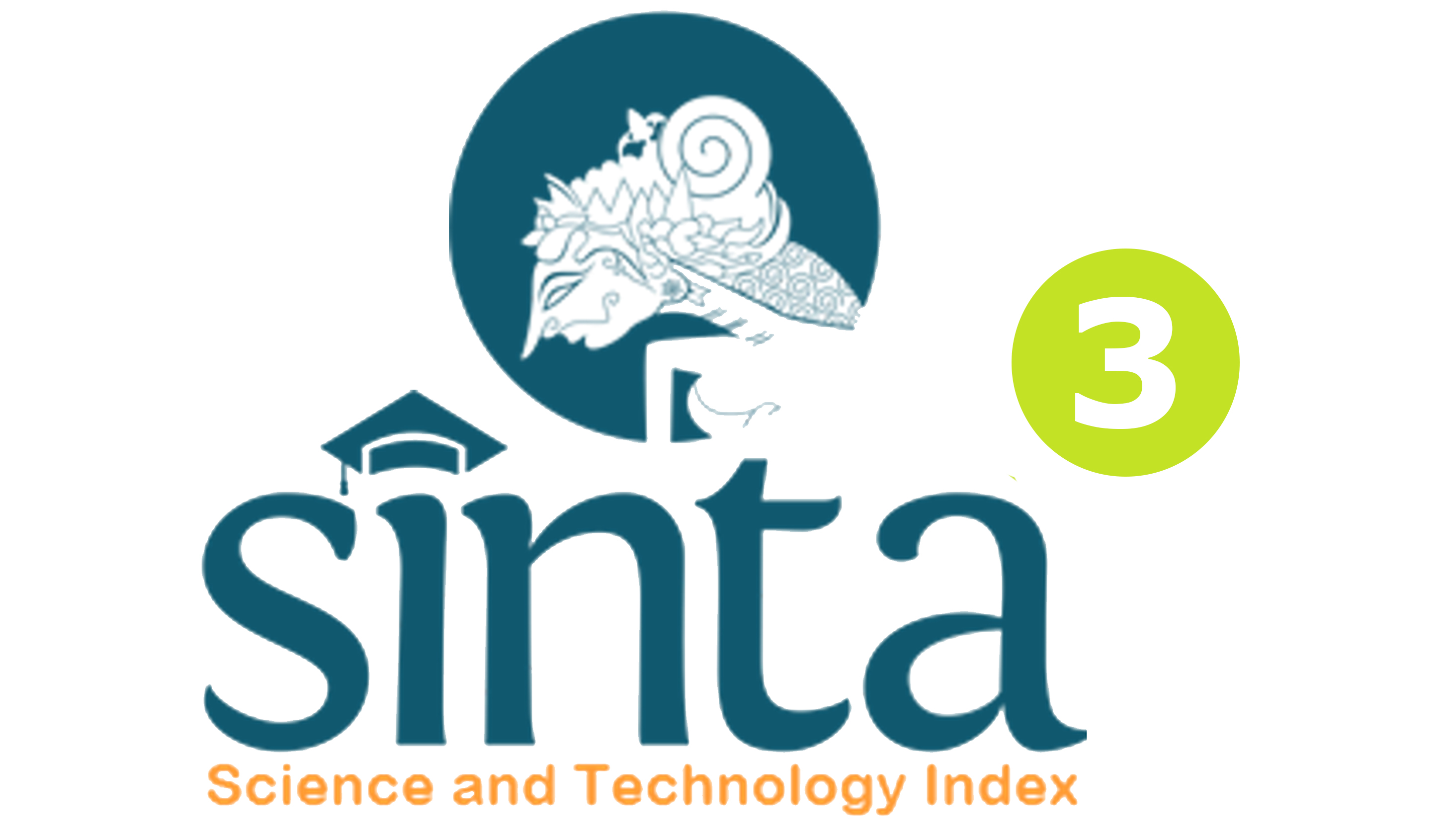PERBEDAAN EFEKTIVITAS MODEL KONSELING BEHAVIORAL TEKNIK SHAPING DENGAN TEKNIK MODELING TERHADAP MINAT SOSIAL SERVICE SISWA KELAS X SMA NEGERI 3 SINGARAJA
DOI:
https://doi.org/10.23887/jibk.v4i1.7319Abstract
Penelitian ini bertujuan untuk mengetahui teknik shaping dalam model konseling behavioral efektif terhadap minat sosial service siswa kelas X IBB 2 , untuk mengetahui teknik modeling dalam model konseling behavioral efektif terhadap minat sosial service siswa kelas X MIPA 3, dan untuk mengetahui perbedaan efektivitas teknik shaping dengan teknik modeling dalam model konseling behavioral terhadap minat sosial service siswa. penelitian ini termasuk penelitian eksperimen semu (quasi eksperimen). Proses pengumpulan data dalam penelitian ini menggunakan lembar observasi, lembar wawancara, buku harian dan kuesioner minat sosial service Metode analisis data yang digunakan adalah t-test. Hasil penelitian ini yaitu kelompok eksperimen I ditreatmen teknik shaping model konseling Behavioral dengan pembanding kelompok control menghasilkan t hitung = 5,05> t tabel = 2,0345. Kelompok eksperimen II ditreatmen teknik modeling model konseling Behavioral dengan pembanding kelompok kontrol menghasilkan t hitung = 2,79 > t tabel = 2,0315. Treatmen teknik shaping dan teknik modeling model konseling behavioral didapatkan t hitung = 2,67 > t tabel = 2,035. Dari hasil penelitian ini, dapat disimpulkan bahwa teknik shaping dalam model konseling behavioral efektif terhadap minat sosial service siswa kelas X IBB 2, teknik modeling dalam model konseling Behavioral efektif terhadap minat sosial service siswa kelas X MIPA 3, terdapat perbedaan efektivitas teknik shaping dengan teknik modeling dalam model konseling behavioral terhadap minat sosial service siswa.Kata Kunci : Behavioral, Shaping, Modeling, Sosial Service
This study aims to determine the techniques of shaping the model of behavioral counseling is effective against the interest of social service class X IBB 2, to determine the modeling techniques in a model of behavioral counseling is effective against the interest of social service class X students of Mathematics 3, and to know the effectiveness of the technique of shaping techniques modeling in behavioral counseling model to the interest of social service students. this study is quasi-experimental research. The process of collecting data in this study using observation sheets, sheets interviews, diaries and questionnaires interest in social service Data analysis method used was t-test. The results of this study is the first experimental group are treated shaping techniques Behavioral counseling model with a comparator control group produces t = 5.05> t table = 2.0345. The experimental group II are treated Behavioral counseling models modeling techniques to produce a comparative control group t = 2.79> t table = 2.0315. treatmen shaping techniques and modeling techniques of behavioral counseling model obtained t = 2.67> t table = 2.035. From these results, it can be concluded that the technique of shaping the model of behavioral counseling is effective against the interest of social service class X IBB 2, modeling techniques in counseling model Behavioral effective against the interest of social service class X students of Mathematics 3, there are differences in the effectiveness of the technique of shaping by modeling techniques in the model of behavioral counseling to students' interest in social service.
keyword : behavioral, , Shaping, modeling, social service
Published
Issue
Section
License
Jurnal Ilmiah Bimbingan Konseling Undiksha is an Open Access Journal. The authors who publish the manuscript in this journal agree to the following terms:
JIBK is licensed under a Creative Commons Attribution 4.0 International License. This permits anyone to copy, redistribute, remix, transmit and adapt the work provided the original work and source is appropriately cited.
This means:
Jurnal Ilmiah Bimbingan Konseling is licensed under a Creative Commons Attribution 4.0 International License.
(1) Under the CC-BY license, authors retain ownership of the copyright for their article, but authors grant others permission to use the content of publications in JIBK in whole or in part provided that the original work is properly cited. Users (redistributors) of JIBK are required to cite the original source, including the author's names, JIBK as the initial source of publication, year of publication, volume number, issue, and Digital Object Identifier (DOI); (2) The authors are the copyright owner of the article, and the author grants the JIBK held the first publication right.









.png)

.jpg)
